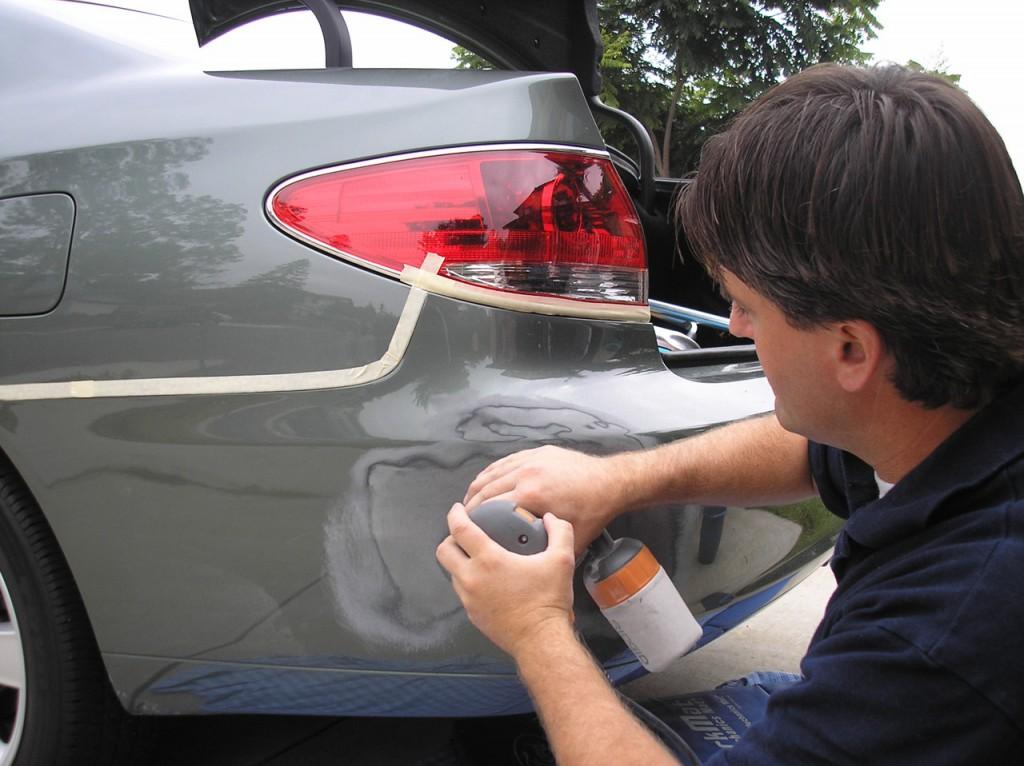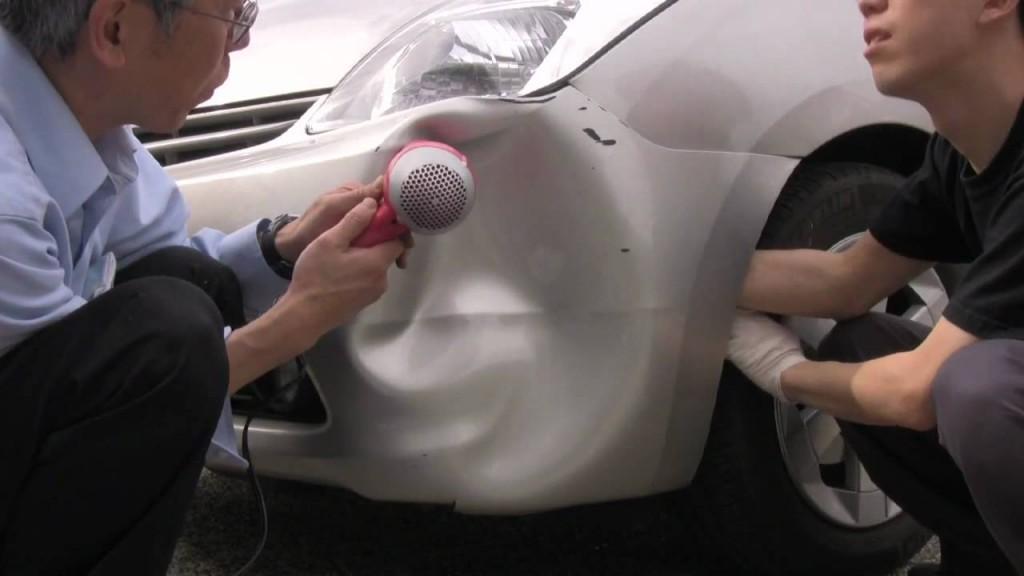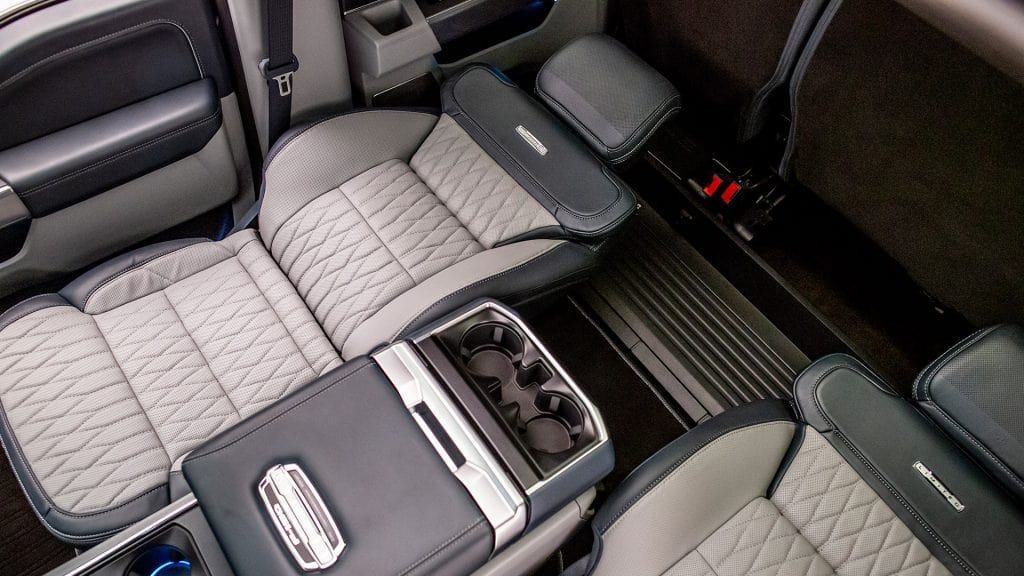DIY Auto Repair: Save Money on Minor Body Collision Repairs
It’s not uncommon for cars to collect minor dings and scratches. Fender benders also happen all the time, but not all the damages demand a professional job. You can save a sizable garage bill by doing DIY auto repair at home.
Of course, you should visit a car repair shop in case of major collision damages. But, it’s easy to avoid repair costs of minor damages in your car bumper, door, fender, or elsewhere.
Types of DIY Auto Repair Work
As mentioned before, you can’t repair all the damages. However, the repair works that you can easily complete in your own garage are:
- Dents
- Scratches
- Replacing lights
- Bumper repair
- Fender bender damages
Do It Yourself Auto Body Repair

DIY Car Repair: Bumper
All that a DIY bumper repair needs is patience and a couple of hours. Just follow these few simple steps:
Scrape the damaged spot. Properly rub the damaged spot for a while with a clear plastic surface.
Rinse with water and use a prep solvent (a mixture of equal amount of repair adhesive and hardener) after the area is dry. Finally, polish the area with 80-grit sandpaper.
Repair the cracks. Hold the broken pieces together with a special fiberglass repair tape and apply a layer of adhesive to the damaged spot. You can use another layer for added durability and firmness.
Polish the spot with 80-grit and then 120-grit sandpaper. Apply a coat of wet, flexible sealer, and then a second layer after the first one is dry. Finally, sand with a piece of 400-grit paper.
Paint the area. Wet-sand the bumper and remove debris. Spray two or three coats of paint matching the original color of your car.
Then, apply two coats of a mixture of clear coat and hardener, with appropriate dry time in between. Let the clearcoat sit on the area overnight before sanding with 1500-grit paper.

DIY Car Repair: Fender Bender
Most fender bender damages require just a paint job. However, follow these steps in case of other damages:
Dent repair. Use a suction cup dent puller to pull the dinged spot back to the surface level. Then, use a small hammer carefully to flatten the place with many small taps.
Bumper scratches. The plastic bumpers easily pick up scrapes and large cuts. However, you’ll just need a suitable bumper filler compound to repair such damages. Give the finishing touch by polishing with sandpaper and then giving a wax job.
A DIY auto repair will not look like a professional job, leading to dropping the resale value of your car. However, homemade repair jobs are handy in case of emergency and saving you a sizable amount of bucks.
FAQs
1. Can I fix a small dent myself without painting?
Small dents where the paint hasn’t been cracked or chipped can often be repaired at home using methods like the plunger technique or a specialized dent puller tool.
These methods are effective for small- to medium-sized dents and can restore the bodywork without the need for repainting.
2. What’s the best way to match the paint color if I need to touch up?
Matching your car’s paint involves knowing its exact color code, which can typically be found on a sticker or plate inside the driver’s door jamb, under the hood, or in the trunk.
Once you have the code, you can purchase the exact match from auto parts stores, dealerships, or online. For the best results, always test the paint on a small, inconspicuous area first.
3. Can I use any type of filler for scratches and dents?
For the best results, it’s important to use a body filler that’s specifically designed for automotive use. These fillers are made to bond with the metal, be easy to sand smooth, and withstand the elements once painted.
Avoid using generic or household fillers as they may not adhere properly or could deteriorate over time.
4. How do I prevent rust on a repaired area?
After repairing a dent or scratch, especially if the metal was exposed, it’s crucial to properly seal the area to prevent rust.
This involves applying a primer that’s designed for automotive exteriors followed by the correct type of paint and clear coat. Make sure each layer is fully dried and cured before applying the next one.
5. Is it possible to fix cracked plastic bumpers with DIY methods?
Cracks in plastic bumpers can be repaired with a plastic welding kit or a flexible plastic filler.
The key is to clean the area thoroughly and ensure the repair material is suitable for the type of plastic your bumper is made from.
Finishing with the right paint and primer designed for plastic will help blend the repair with the rest of the bumper.
6. What safety precautions should I take when performing body repairs?
Safety is paramount when doing any form of DIY auto repair. Wear protective eyewear, gloves, and a mask, especially when sanding or applying chemicals like paint and filler.
Work in a well-ventilated area to avoid inhaling fumes, and always read and follow the instructions on any product you use.
Check out this video from CNBC to learn more about car repairs!
While tackling minor body collisions, DIY auto repair can save money, ensuring you have the right tools, knowledge, and approach is crucial to achieving a finish that you can be proud of.














